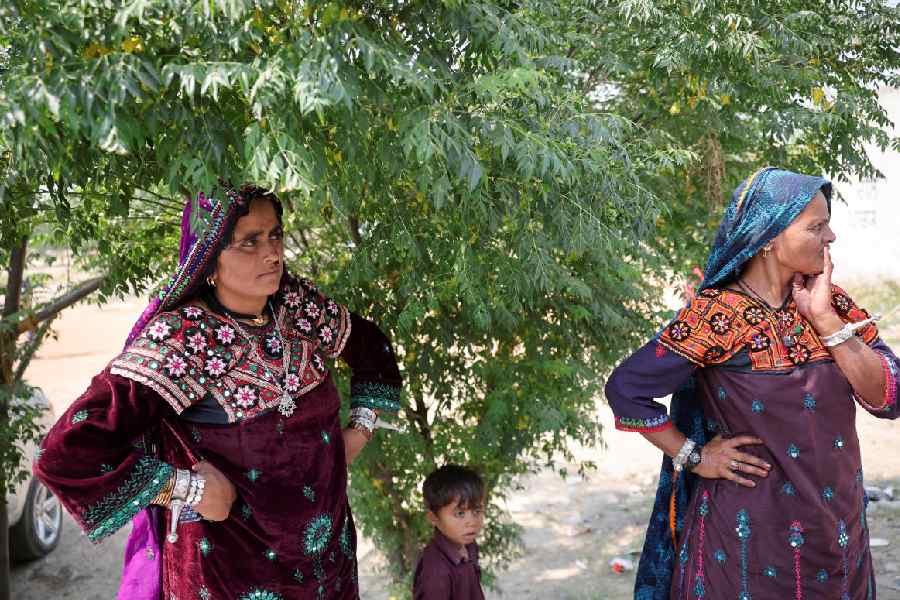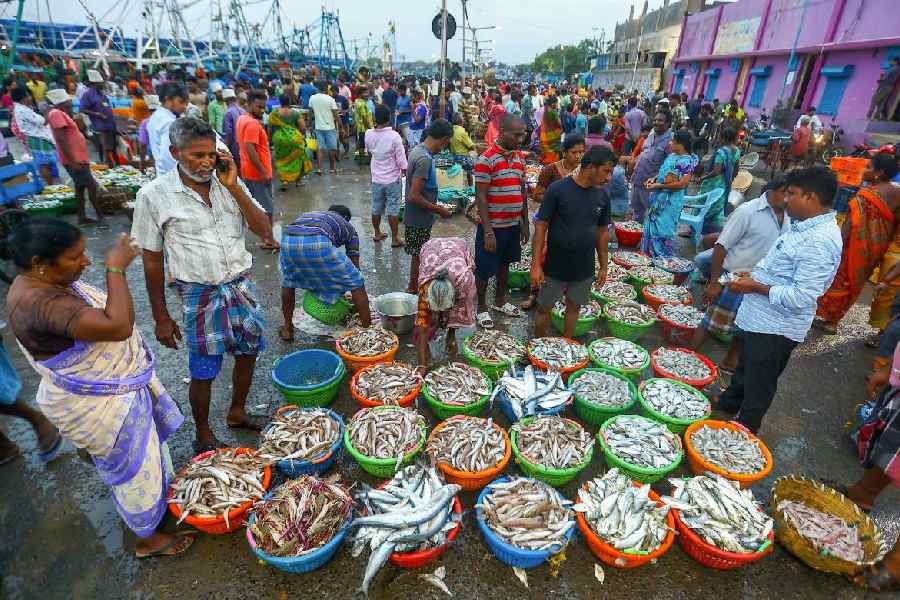
THE NETHERLANDS
Residents divide garbage into four parts — paper, vegetable, fruit and plant-related, plastic and milk cartons and suchlike, and restafval, as residual garbage is called in Dutch. Plastic has to be dumped in free Plastic Heroes bags. Plastic Heroes is the collection system for plastic packaging such as PET bottles, butter tubs and bottles. All separate plastic containers are to be returned for recycling.
The rest in large separate containers are to be put out on strictly delimited day and time every two weeks. A garbage calendar app sends residents notifications on their mobile phones on when the next garbage is to be put out.
Every week, there are two specified garbage moments. Monday is old paper day and Tuesday is rest-garbage day. Residents have to put out all containers by 8am. The truck will collect the trash according to its convenience in course of the morning.
Sometimes people put garbage into underground containers also. These can be opened with a chipped card for the garbage to be put in. The cards are all neighbourhood-specific. Only inhabitants of that part have chipped cards for that area’s containers. Some of the municipalities have started a campaign called Separating Garbage Pays.
Some areas have old clothes collection bins too, placed in popular points of congregation like in front of supermarkets. Old clothes go to charities.
A private garbage collection firm, contracted by the municipality, collects garbage. There are no open vats in the Netherlands.


CALIFORNIA, US
Residents are given three separate containers by the local municipality — one for yard waste, one for recyclables and one for all other refuse. One can choose to segregate and compost natural food waste for use in one’s own gardens.
All houses in major municipalities in California typically will have these containers in their back yard. The blue is for refuse and will go to a dump. The gray is for recyclables like glass, aluminium cans, cardboards, newspapers etc that will go to a separate recycling centre. The green is for yard waste. If the grass is cut or the trees are trimmed, it all goes into the green one which is headed for a biodegradable dump. The tree stumps, for example, are turned into chips that can be used to line gardens.
Every Friday, residents put all three containers out at the kerbside. The garbage truck makes three trips and picks up each. It has an automated “fork” attached to the hydraulics of the truck. So a worker from the truck just lines up the sides and the truck does the rest.
If a family finds that it is not generating enough to fill containers of one size they can request a smaller size and usually get a cut on their bill.
The bill comes every three months. The amount is about $85 every three months. For larger containers, it’s a bit more and a bit less for the smaller size.
In the Bay Area, there are typically three sizes available but in other parts of the US, it is typically two or even one in places. The size also depends on the frequency of the pickup. Some places only take the refuse (dump) once a week and the recyclables and yard waste once a fortnight. That impacts the size of the containers and the monthly rates.
CHICAGO, US
There are three different categories that are usually used — refuse, recycling and landscape wastes. An independent house resident is usually provided a 95-gallon refuse cart, free of cost. Apartments operate differently and accumulate all waste from individual residents. Usually refuse is collected once a week, but one can change the frequency to twice by calling the service provider. Usually a city is divided into four quadrants for collection. Refuse, recycling and landscape waste are usually collected on the same day.

Most residents use two different trash boxes for separating refuse and recycling wastes. Finally they drop the waste into the trash can of the apartment facility or carts given by the service provider. Recycling carts are usually coloured green to represent the Go Green initiative.
Unlimited recycling service is usually provided. Each household usually receives a 65-gallon cart unless a smaller or larger cart is ordered for no charge by calling the service provider. All recyclables may be mixed together in the cart provided; no sorting is needed. Recycle items include metals, papers, glass, plastic, batteries, electronics etc.
There are two big recycling facilities in Illinois — DuPage County MRF and RSI at Chicago.
PARIS, FRANCE
In large apartments, there are three wheeled dumpsters in the basement, one each for glass, paper and plastic, and organic waste. Residents are free to throw waste in those through the day except between 5 and 7pm when the garbage-man takes them out, lines them on the street and a crane empties them in the truck.
There is also a chute running down the building with an opening in each apartment through which organic waste can be dumped directly from the kitchen to the dumpster downstairs. (See pictures left)
FRANKFURT, GERMANY
Garbage is called mull or abfall in German. The Mull containers are provided by the city and marked as Bio Abfall (mostly food-related), Papier (paper) and the yellow-covered ones are for plastic. Glass junk is collected separately.
Each area has particular days for collection of particular types of trash. The municipality gives a calendar according to which residents have to put out the trash on the night before since it is collected early in the morning. For a colony of 50-odd houses, there could be four enclosed spaces in each of which a set of such containers would be kept. (see picture above).
DUBAI, UAE
Primarily garbage and waste is generated out of domestic household, commercial activity and industrial operations. The household generally gathers the trash/garbage in the multiple waste bins and collects it in one big garbage bag. This is then cleared out of the house either once or twice a day depending on the garbage generation. At this level, no segregation is done between solid garbage, glass, metals etc in the households.
However in commercial places like office, restaurants and shopping malls, there are separate bins marked for paper, glass and metal cans. These are segregated automatically at the collection points only. At intervals, these are taken out to the central garbage collection unit on the premise, before being dumped into the collection truck.










